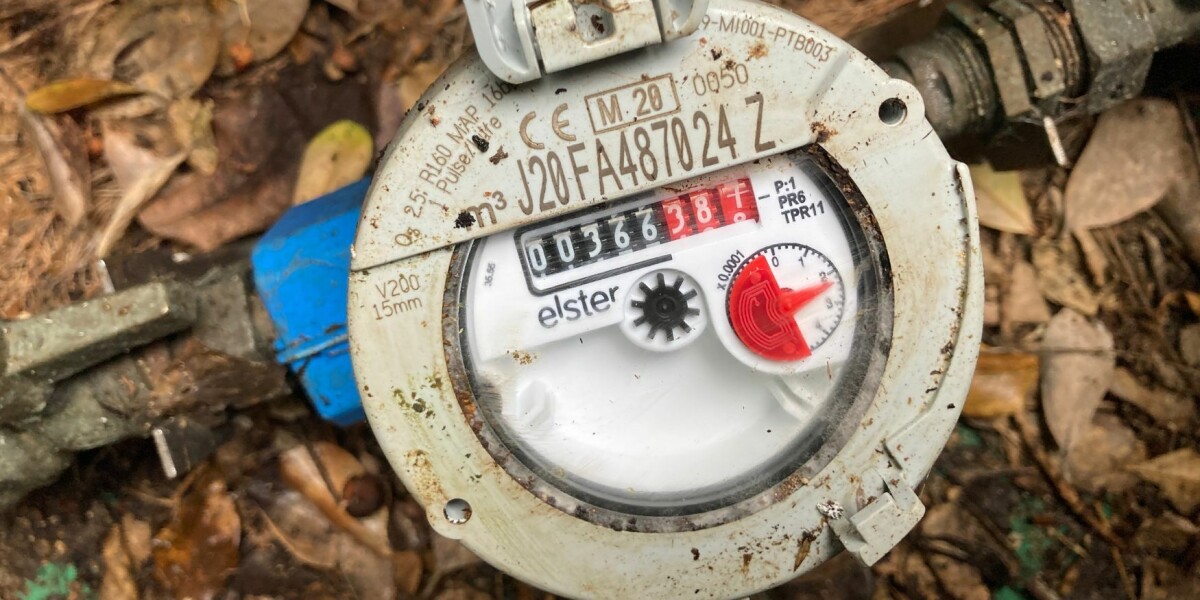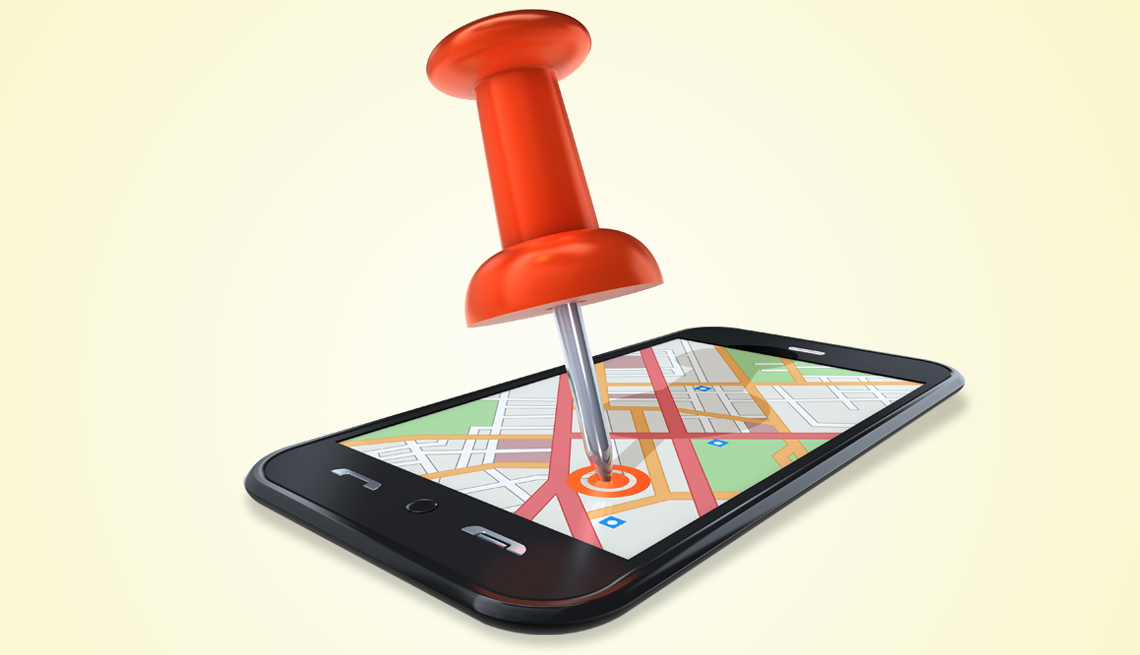
- Select a language for the TTS:
- UK English Female
- UK English Male
- US English Female
- US English Male
- Australian Female
- Australian Male
- Language selected: (auto detect) - EN
Play all audios:
Lille is the latest area in France to install devices on household water meters so they can be read remotely. Starting in July, Iléo, the company charged with distributing the métropole’s
drinking water, will roll them out in 62 communes to control water consumption better. Some 330,000 households will be affected. The device allows people to track consumption in real time
on a dedicated app and detect leaks more quickly to minimise water loss and resulting disputes. Reports of homeowners facing huge water bills due to undetected leaks are relatively common in
France – and some Connexion readers have had nasty experiences. Read more: ‘Check your water meter’: couple’s €2,700 bill for leak at French home WHO IS RESPONSIBLE FOR PROVIDING WATER?
Nearly all French properties have a water meter, and readings from them account for most of the water bill. Water from a mains supply came relatively late to large parts of rural France. In
north Dordogne and south Charente, for example, homes were only connected in the mid-1970s. Communes are responsible for providing water, but they usually combine with others to form a
syndicat des eaux. Confusingly, these do not always have the same boundaries as a communauté de communes, many of which were set up afterwards. Where boundaries do coincide, the name often
changes to syndicat intercommunal des eaux. THREE MAIN FIRMS HOLD WATER CONTRACTS IN FRANCE Part of the taxe foncière goes towards the running costs of the water syndicate. Larger communes,
towns and cities sometimes manage their own water supplies directly, but the more usual system is for the syndicat des eaux to hand over management, for a fixed period, to an external
company. These usually sign a contract for 30-40 years to enable a return on investment. Water supply companies are now usually private, although some, such as Suez, have close links with
the state. Véolia and Saur are the other main firms in the market. Water should be a safe industry to be in, but this is not always the case in France. The third largest water supplier,
Saur, flirted with bankruptcy for five years before a majority stake was bought in 2018 by a Swedish fund set up by the wealthy Wallenberg family. Read more: Seven tips on how to save water
and reduce your bills in France KNOW YOUR WATER METER Whoever manages your water will probably do so via a meter, usually read twice a year. In newer properties, the meter is nearly always
near the gate – in older ones, the location can be haphazard. Older properties usually have the water meter at the bottom of a concrete regard (inspection point), while newer ones are fitted
with plastic regards. If a concrete regard is used, it usually has a concrete or steel cover; the plastic ones usually have plastic covers. An advantage of the latter is that they are
lighter and almost always come with a thick layer of insulation, usually polystyrene, built into the structure. HOW TO INSULATE AN OLD REGARD It is always a good idea to put insulation in
the regard because hard frosts can cause water to freeze in the pipes, damaging the meter or causing leaks. The old advice to fill a plastic bin bag with straw is now outdated – it was found
the straw would too often get damp, decompose and lose its insulating qualities. Alternatives are polystyrene, or more organic insulating materials such as old clothes, stuffed into a bag
to fill the regard while still being easy to remove when you need to read the meter. WHO IS RESPONSIBLE FOR THE REGARD? Although water suppliers are responsible for installing the meter and
the regard, its maintenance is the responsibility of the property owner or tenant. Problems are usually caused by the regard being driven over – be vigilant, especially when large lorries
are making deliveries. The regard lid should also be kept clear of earth, leaves and other matter that might make it difficult for a new meter reader to find and open it. The rule is that
any leaks downstream of the meter are the property owner or tenant’s responsibility; upstream, they are the water company’s. HOW TO READ A METER There are two main sorts of water meter in
France: those with two dials (one red and one black) and those with counters, with numbers on black and red backgrounds. Each also has a ‘star’, which rotates when water flows through the
meter. For bills, only the numbers in black, shown on the dial or on the counter, are read. They represent the m³ of water used, with 1m³ equal to 1,000 litres. Some modern meters have an
RFID chip, a form of wireless communication that lets meter readers get the reading direct to their smartphones or other device, rather than inputting the numbers manually. In areas with
hard water – the majority of France – meters are usually changed for free by water companies every 10 years to stop the build-up of calcium causing problems. HOW TO CHECK FOR LEAKS To check
for leaks, the easiest way is to make sure all household and garden taps are off, as well as the electric water heater. Then open up the meter and see if the ‘star’ is moving. If it is, you
have a problem – the usual suspect is a toilet with a faulty flush mechanism, allowing a difficult-to-spot trickle of water to flow into the bowl. Sometimes it takes a plumber to spot the
leak. It is almost always a good idea to call one if you cannot find the leak, or if you find one and do not know how to repair it. Read more: Leaks mean one-in-five litres of water in
France is wasted, says study WHAT IF YOU CANNOT FIND THE LEAK? When there is no leak in the house, garden taps or pool, you have a more serious problem. Fixing a leak in the pipe from the
meter to the house will require at least a hole being dug down at the location of the leak – at worst, a trench between the meter and the house along the pipe. Some plumbers are reluctant to
do ‘outside work’. If this is the case, they usually recommend a specialist equipped with ultrasonic listening devices to localise the leak by sound. Most water suppliers now have websites
to manage accounts and show how water consumption has changed from reading to reading. Since 2013, the loi Warsmann imposes a duty on companies to inform customers where their usage is
abnormally high so they can check for leaks. If the customer repairs the problem within a month, the company cannot charge more than twice the normal bill. Read more: Water leaks, blocked
pipes: what does home insurance cover in France? IS SEPARATE WATER INSURANCE WORTH IT? Special leak insurance is available in France, often from water companies, for around €10 a month for
the first year. They come with lots of conditions: one from Veolia offers to pay for the cost of finding a leak, repairing it, and compensating for the extra bill – but only if it was not
detected for more than 28 days. It also promises a helpline available seven days a week, that plumbers will make an appointment to look at the problem within two hours, and to pay the
plumber directly. During the year, two call-outs for a total of €3,000 in detection and repayments are allowed. Almost all household insurance in France covers damage from water leaks, but
only where pipes were damaged accidentally – by a drill during DIY, for example. Leaks from wear and tear are not covered as people have a duty to maintain homes.




